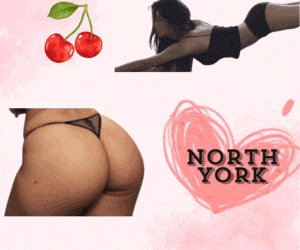Mongolian is the principal language of the Mongolic language family that originated in the Mongolian Plateau. It is spoken by ethnic Mongols and other closely related Mongolic peoples who are native to modern Mongolia and surrounding parts of East and North Asia. Mongolian is the official language of Mongolia and Inner Mongolia and a recognized language of Xinjiang and Qinghai.
The number of speakers across all its dialects may be 8.5–9 million, including the vast majority of the residents of Mongolia and many of the ethnic Mongol residents of the Inner Mongolia of China. In Mongolia, Khalkha Mongolian is predominant, and is currently written in both Cyrillic and the traditional Mongolian script. In Inner Mongolia, it is dialectally more diverse and written in the traditional Mongolian script. However, Mongols in both countries often use the Latin script for convenience on the Internet.In the discussion of grammar to follow, the variety of Mongolian treated is the standard written Khalkha formalized in the writing conventions and in grammar as taught in schools, but much of it is also valid for vernacular (spoken) Khalkha and other Mongolian dialects, especially Chakhar Mongolian.
Some classify several other Mongolic languages like Buryat and Oirat as varieties of Mongolian, but this classification is not in line with the current international standard.
Mongolian is a language with vowel harmony and a complex syllabic structure compared to other Mongolic languages, allowing clusters of up to three consonants syllable-finally. It is a typical agglutinative language that relies on suffix chains in the verbal and nominal domains. While there is a basic word order, subject–object–predicate, ordering among noun phrases is relatively free, as grammatical roles are indicated by a system of about eight grammatical cases. There are five voices. Verbs are marked for voice, aspect, tense and epistemic modality/evidentiality. In sentence linking, a special role is played by converbs.
Modern Mongolian evolved from Middle Mongol, the language spoken in the Mongol Empire of the 13th and 14th centuries. In the transition, a major shift in the vowel-harmony paradigm occurred, long vowels developed, the case system changed slightly, and the verbal system was restructured. Mongolian is related to the extinct Khitan language. It was believed that Mongolian was related to Turkic, Tungusic, Korean and Japonic languages but this view is now seen as obsolete by a majority of (but not all) comparative linguists. These languages have been grouped under the Altaic language family and contrasted with the Mainland Southeast Asia linguistic area. However, instead of a common genetic origin, Clauson, Doerfer, and Shcherbak proposed that Turkic, Mongolic and Tungusic languages form a language Sprachbund, rather than common origin. Mongolian literature is well attested in written form from the 13th century but has earlier Mongolic precursors in the literature of the Khitan and other Xianbei peoples. The Bugut inscription dated to 584 CE and the Inscription of Hüis Tolgoi dated to 604–620 CE appear to be the oldest substantial Mongolic or Para-Mongolic texts discovered.
View More On Wikipedia.org

































































































